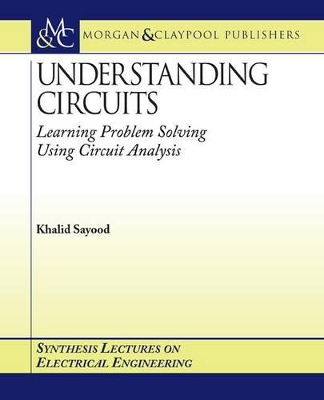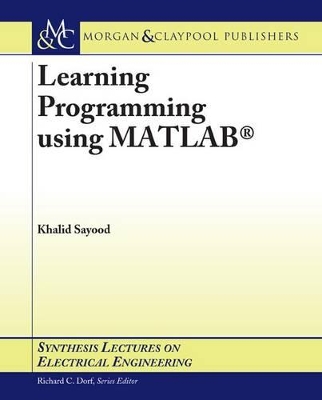Synthesis Lectures on Electrical Engineering
2 total works
This book/lecture is intended for a college freshman level class in problem solving, where the particular problems deal with electrical and electronic circuits. It can also be used in a junior/senior level class in high school to teach circuit analysis. The basic problem-solving paradigm used in this book is that of resolution of a problem into its component parts. The reader learns how to take circuits of varying levels of complexity using this paradigm. The problem-solving exercises also familiarize the reader with a number of different circuit components including resistors, capacitors, diodes, transistors, and operational amplifiers and their use in practical circuits. The reader should come away with both an understanding of how to approach complex problems and a "feel" for electrical and electronic circuits.
This book is intended for anyone trying to learn the fundamentals of computer programming. The chapters lead the reader through the various steps required for writing a program, introducing the MATLABr (R) constructs in the process. MATLABr (R) is used to teach programming because it has a simple programming environment. It has a low initial overhead which allows the novice programmer to begin programming immediately and allows the users to easily debug their programs. This is especially useful for people who have a "mental block" about computers. Although MATLABr (R) is a high-level language and interactive environment that enables the user to perform computationally intensive tasks faster than with traditional programming languages such as C, C++, and Fortran, the author shows that it can also be used as a programming learning tool for novices. There are a number of exercises at the end of each chapter which should help users become comfortable with the language.

